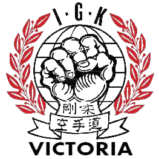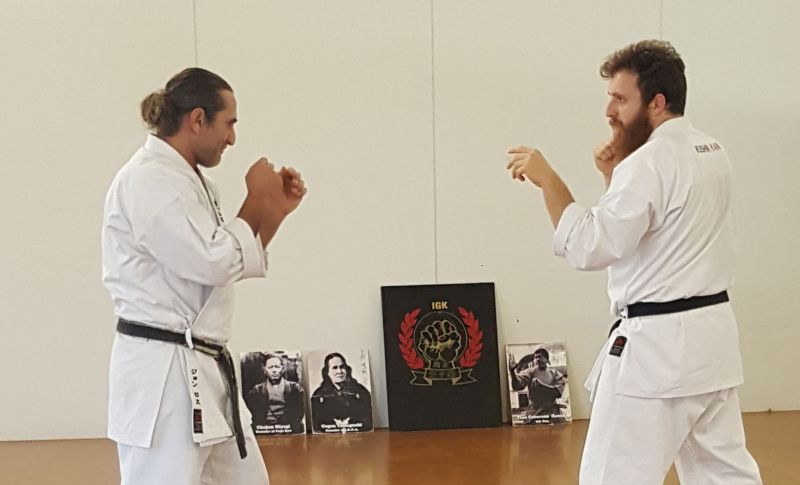The origins of karate-do (meaning Empty-Hand way) go back to the ancient travels of Buddhist monks throughout the Asian Frontier. Unarmed and oppressed, it became necessary for them to develop a weapon less form of self-defence for their survival. Merchants travelling south from China to the Ryukku Islands; or Okinawa; brought with them this art of the “Chinese Hand” to To-De (later to be called Karate – empty hand).
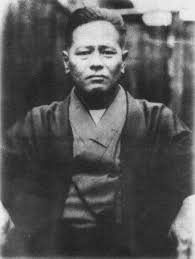 During this time, Japan invaded these islands and its warriors found themselves confronted by the fierce retaliation of skilled practitioners of this secret art. In the late 19th Century an enthusiastic Okinawan youngster by the name of Chojun Miyagi, became well skilled in the art and was determined to know more.
During this time, Japan invaded these islands and its warriors found themselves confronted by the fierce retaliation of skilled practitioners of this secret art. In the late 19th Century an enthusiastic Okinawan youngster by the name of Chojun Miyagi, became well skilled in the art and was determined to know more.
He was advised to travel to China to study the many difference methods of martial arts. His search led him to the hard school of Shaolin Chuan, the soft school of Pakua Chan, and from these two he developed his own style of Goju, Hard and Soft.
He founded the Goju-ryu school of karate by blending Okinawan and Chinese influences. He advocated that both the hard and soft complimented each other and he created the Sanchin and Tensho, a formal exercise which combined both these elements.
A student of Chojun Miyagi, the Carpenter Murata, travelled to Japan and began to teach. One of his students was a young man who was agile, fast and had a reputation for being a deceptive fighter, giving no ground to any adversary.
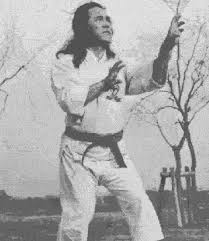 He was known as the “Cat”, because of his favourite fighting stance – Neko Ashi Kamae (cat stance). His name was Gogen Yamaguchi. He soon proved to be a man of credibility and initiative and became highly respected in Karate circles in Japan.
He was known as the “Cat”, because of his favourite fighting stance – Neko Ashi Kamae (cat stance). His name was Gogen Yamaguchi. He soon proved to be a man of credibility and initiative and became highly respected in Karate circles in Japan.
After training with Miyagi, Gogen Yamaguchi became the representative of Gōjū-ryū in Japan and he systemised the style into basically the system used all over the world today, and organised the style into what is known as the Goju Kai (Kai = Organisation).
At about this time, Japan was occupied by the American Forces and many American servicemen became attracted to this dynamic art, and in particular to the well – organised school of Gogen Yamaguchi, and then brought home to America the discipline they had learned.
Miyagi had visited Hawaii in 1930 and now Yamaguchi travelled to Hawaii on the invitation of Instructor Masaichi Oshiro of the Hawaiian Goju Karate School in 1966 who was one of young Tino Ceberano’s first instructors.
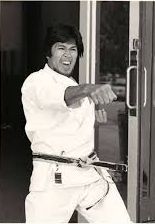 After receiving his 3rd Dan by the Grand Master, and with the request and blessing of Kaicho Yamaguchi, a young instructor Tino Ceberano left Hawaii and moved to Melbourne in October 1966 to help establish Gōju Kai karate in Australia and to develop the style of Goju Karate in this country.
After receiving his 3rd Dan by the Grand Master, and with the request and blessing of Kaicho Yamaguchi, a young instructor Tino Ceberano left Hawaii and moved to Melbourne in October 1966 to help establish Gōju Kai karate in Australia and to develop the style of Goju Karate in this country.
From small beginnings the School of Goju Karate has grown and multiplied and is probably the most widely practised of the styles in Australia.
In May 1989, Kaicho Gogen Yamaguchi died aged 81. Following Yamaguchi’s death, a meeting of senior Gōju Kai officials authorised Ceberano to form his own organisation: the International Gōju Karatedo (I.G.K.).
